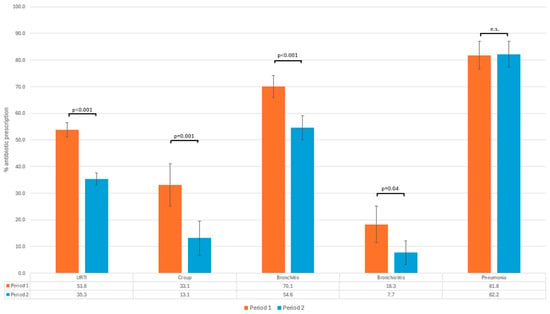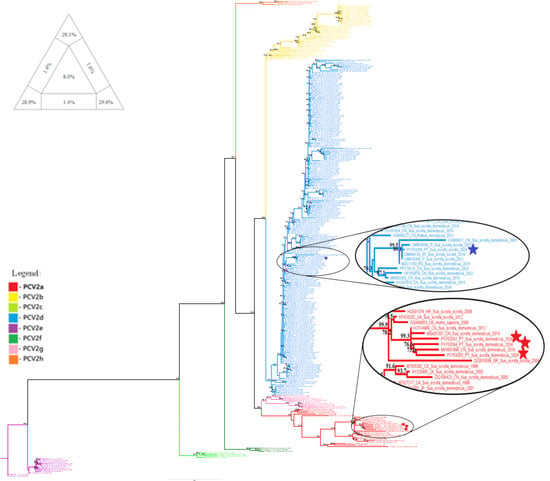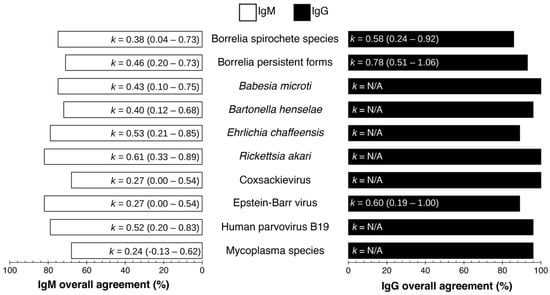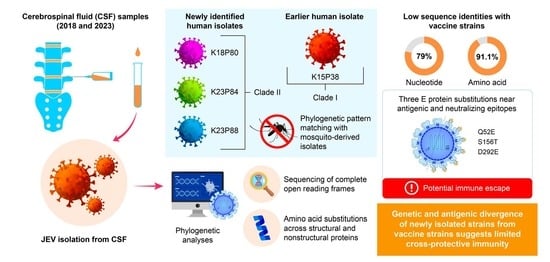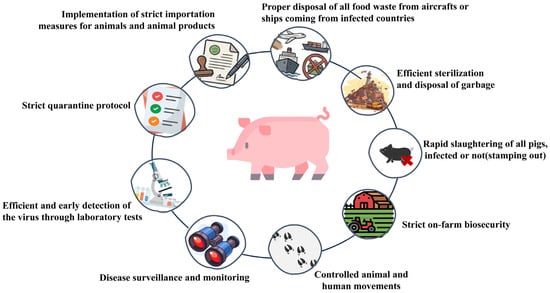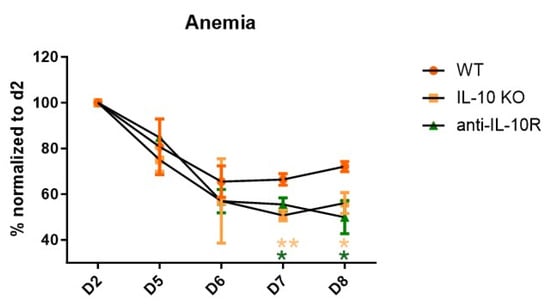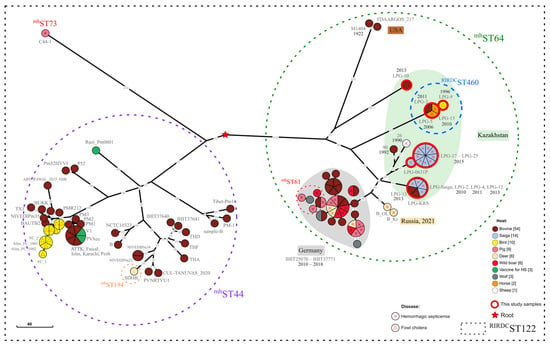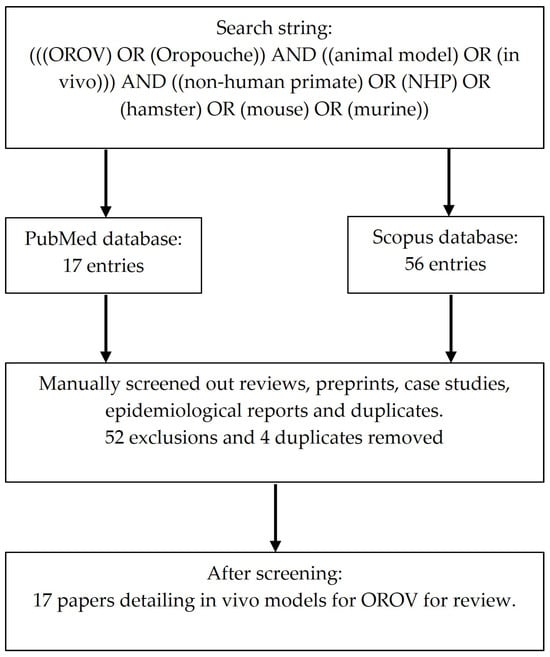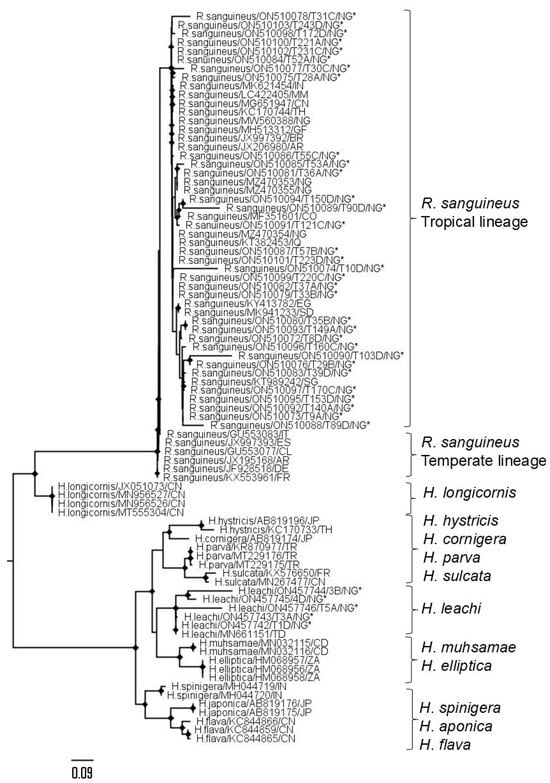-
 A Look Under the Carpet of a Successful Eradication Campaign Against Small Ruminant Lentiviruses
A Look Under the Carpet of a Successful Eradication Campaign Against Small Ruminant Lentiviruses -
 A Novel Parvovirus Associated with the Whitefly Bemisia tabaci
A Novel Parvovirus Associated with the Whitefly Bemisia tabaci -
 EmsB Microsatellite Analysis of Echinococcus multilocularis Specimens Isolated from Belgian Patients with Alveolar Echinococcosis and from Animal Hosts
EmsB Microsatellite Analysis of Echinococcus multilocularis Specimens Isolated from Belgian Patients with Alveolar Echinococcosis and from Animal Hosts -
 The Epidemiology of Coccidioidomycosis (Valley fever) and the Disease Ecology of Coccidioides spp. in New Mexico (2006–2023)
The Epidemiology of Coccidioidomycosis (Valley fever) and the Disease Ecology of Coccidioides spp. in New Mexico (2006–2023) -
 Acute HSV-1 Ocular Infection Is Impaired in KLF15 Knockout Mice but Stress-Induced Reactivation from Latency Is Prolonged in Male KLF15 Knockout Mice
Acute HSV-1 Ocular Infection Is Impaired in KLF15 Knockout Mice but Stress-Induced Reactivation from Latency Is Prolonged in Male KLF15 Knockout Mice
Journal Description
Pathogens
- Open Access— free for readers, with article processing charges (APC) paid by authors or their institutions.
- High Visibility: indexed within Scopus, SCIE (Web of Science), PubMed, MEDLINE, PMC, Embase, PubAg, CaPlus / SciFinder, AGRIS, and other databases.
- Journal Rank: JCR - Q2 (Microbiology) / CiteScore - Q1 (Infectious Diseases)
- Rapid Publication: manuscripts are peer-reviewed and a first decision is provided to authors approximately 13.5 days after submission; acceptance to publication is undertaken in 2.6 days (median values for papers published in this journal in the first half of 2025).
- Recognition of Reviewers: reviewers who provide timely, thorough peer-review reports receive vouchers entitling them to a discount on the APC of their next publication in any MDPI journal, in appreciation of the work done.
- Companion journals for Pathogens include: Parasitologia and Bacteria.
Latest Articles
E-Mail Alert
News
Topics
Deadline: 31 December 2025
Deadline: 31 January 2026
Deadline: 31 March 2026
Deadline: 30 November 2026
Conferences
Special Issues
Deadline: 15 December 2025
Deadline: 15 December 2025
Deadline: 15 December 2025
Deadline: 15 December 2025




